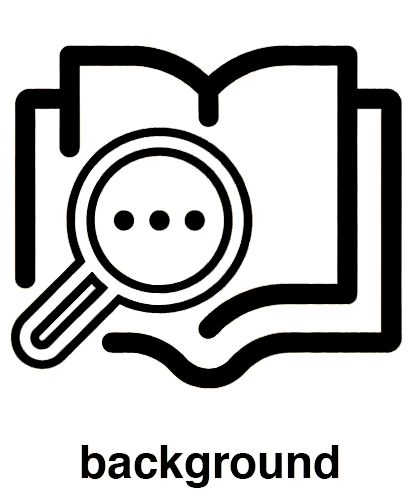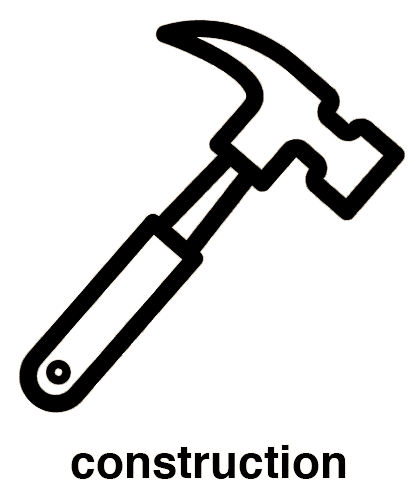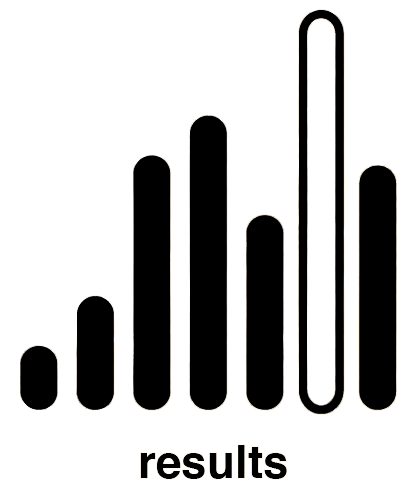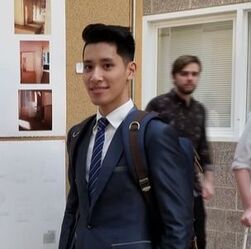-
Projects
- Environment Box
- Passive Refrigeration
- Water Cooling
- Fog Catching
- Roof Geometries
- Optimal Insulation
- Cooler Windcatcher
- Green Machine
- Mitigating Humidity
- Convective Air Flow
- Styrene Reuse
- Thermal Reflection
- ETFE Rigidification
- Phase Change Materials
- Polar Reflection
- Cavity Depth Variation
- Vapor Permeability
- Algae Facade
- Moisture Buffering
- Engineered Geometries
- Recycled Desiccant Materials
- Living Wall
- Solar Shading Facades
- SHADESin.reACTION
- Low-Fab Dehumidification
- Breathing Wall
- Urban Heat Island
- Acoustical Design
- Latent Heat of PCM's
- Insulative Qualities of Air
- About
- Lectures
- Assignments
- Workshops
- Syllabus
- Resources
Would it be possible to replace solid aggregates such as stone and gravel from concrete mixtures ? Using existing research, we seek to develop a viable solution that would replace gravel with engineered plastics. We will begin our research by examining existing electron microscope images of concrete, minerals, and crystals to further study their geometric properties. Taking advantage of naturally occurring geometries, we seek to find a geometry that would create a stronger concrete binding mixture. To do so, we will use 3d software to visualize and replicate possible engineered geometries. Using 3D printers we will develop a series of prototype aggregates that would be added to a concrete mix to be tested. Such prototypes will be used to measure the changes in the tensile and compressive properties of concrete. If successful, our engineered geometries would be able to provide viable solutions for one-time plastic waste, gravel mining, as well as a possible means to extend concrete life by reducing the amount of steel used in rebar applications.
|
|






